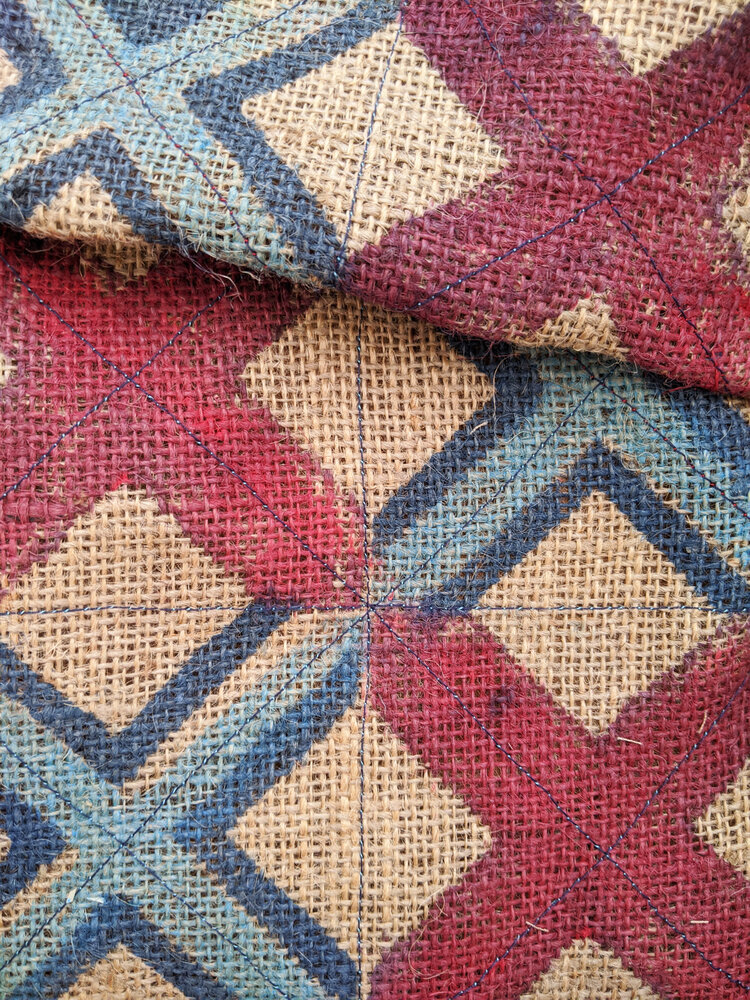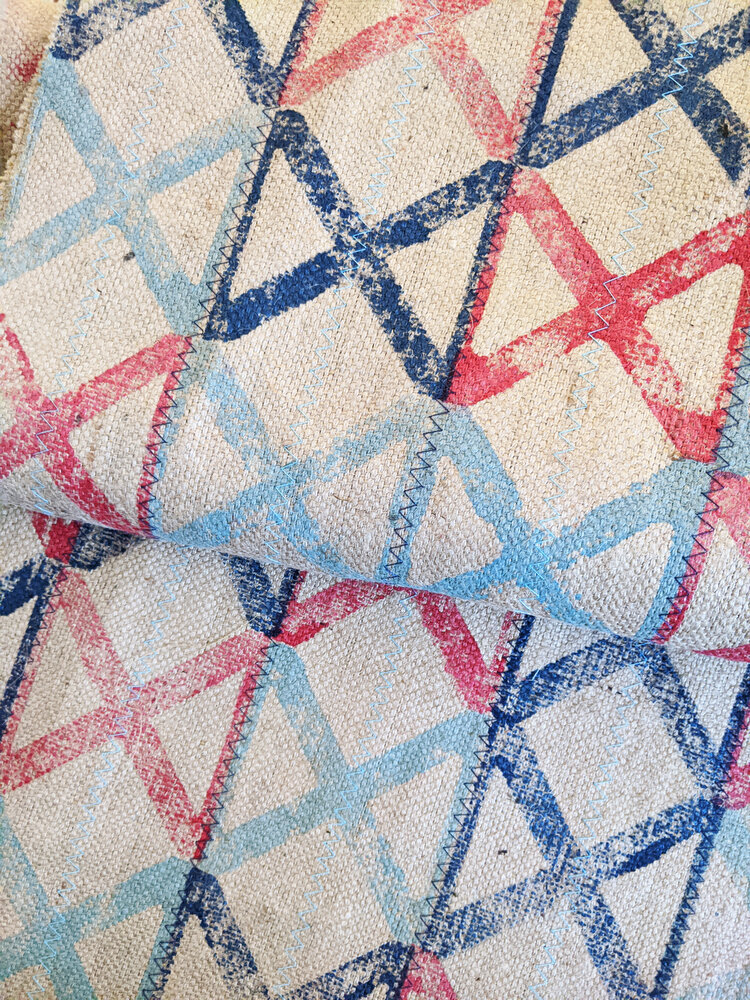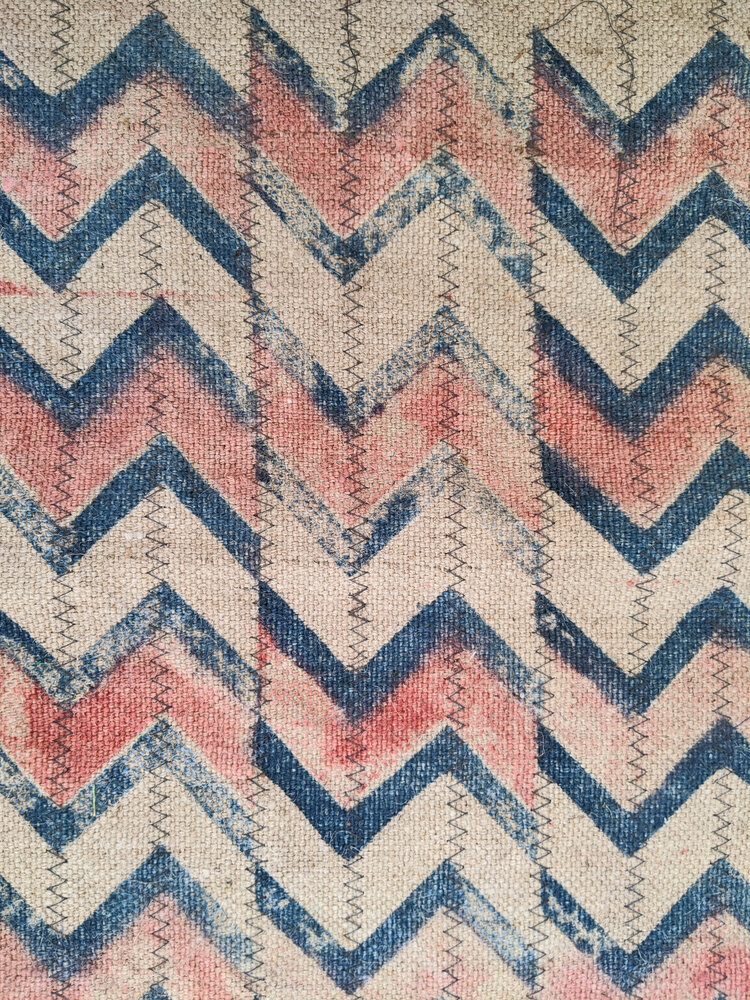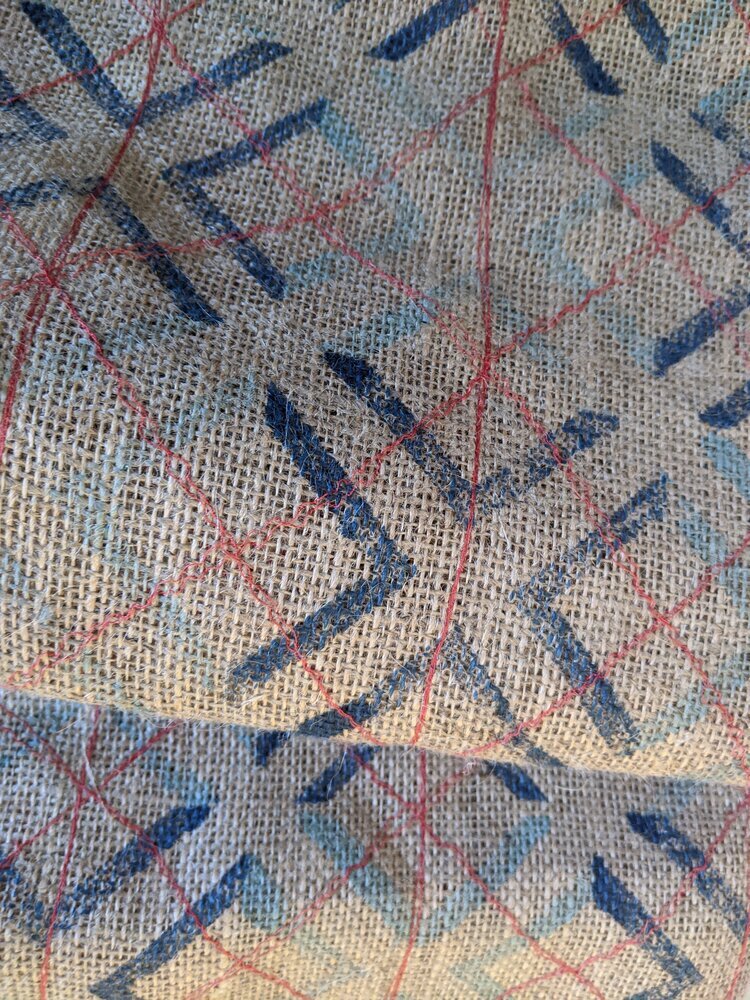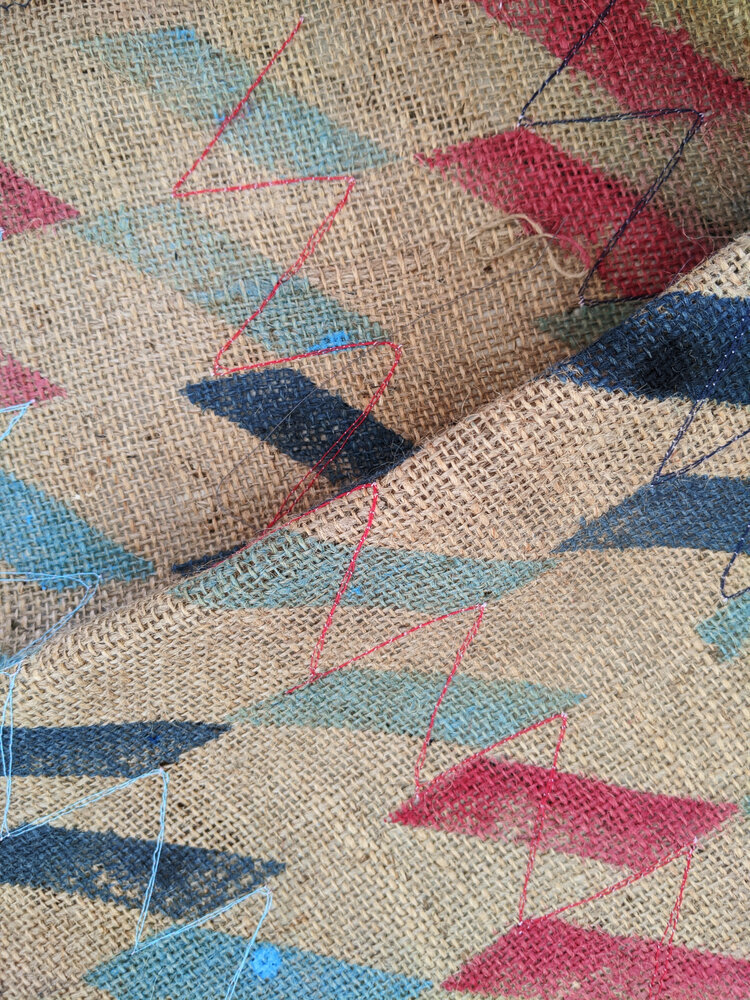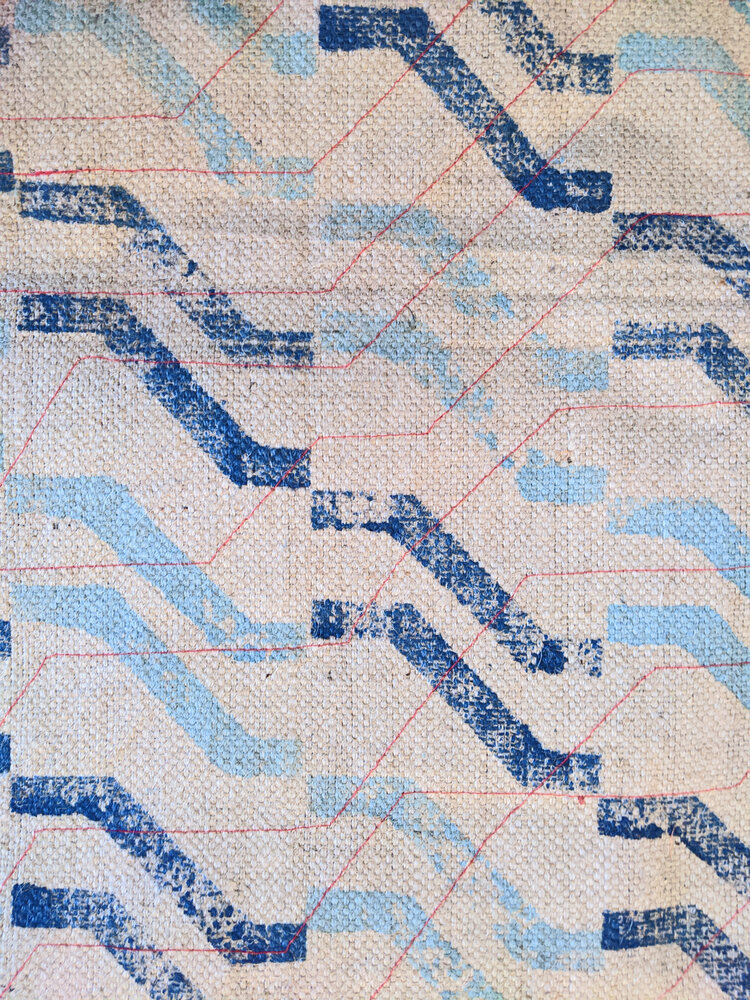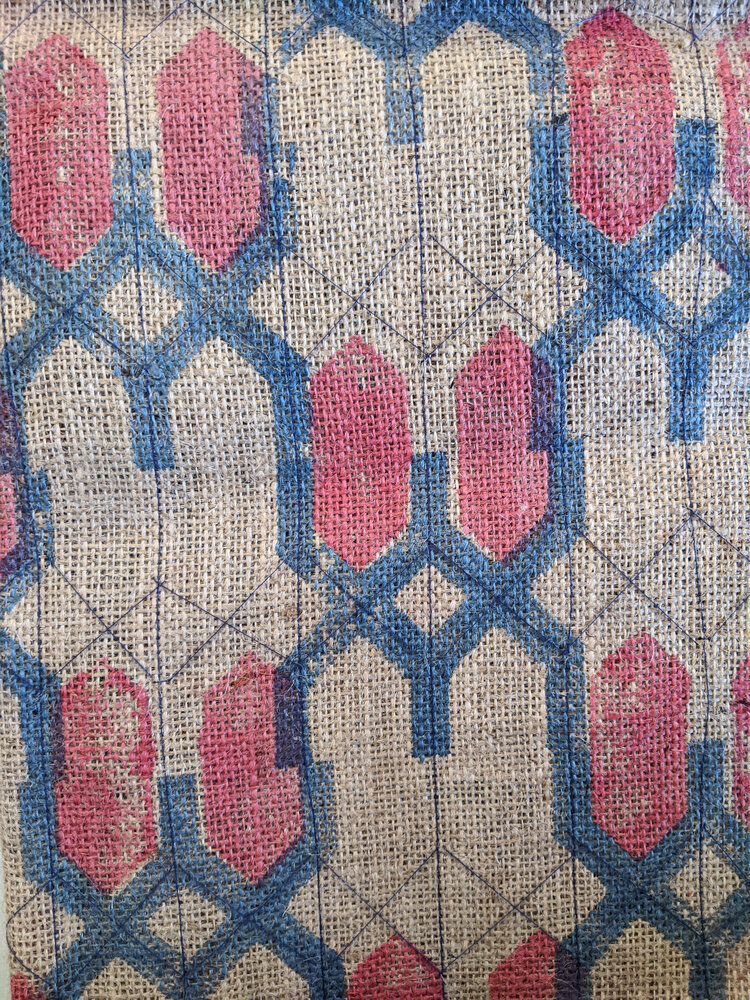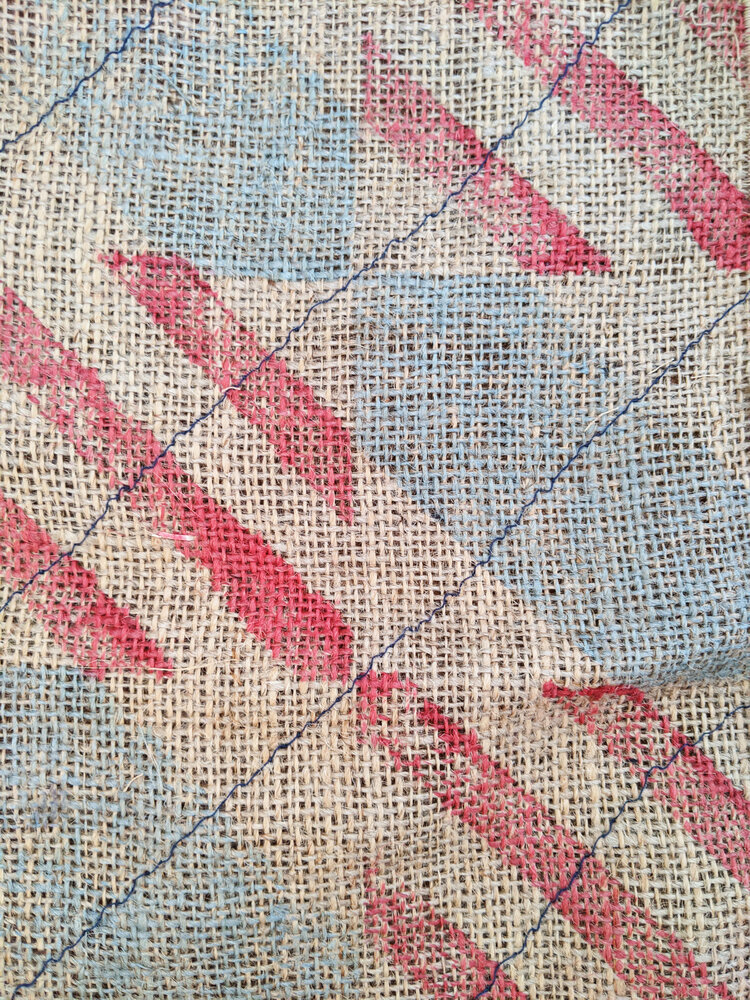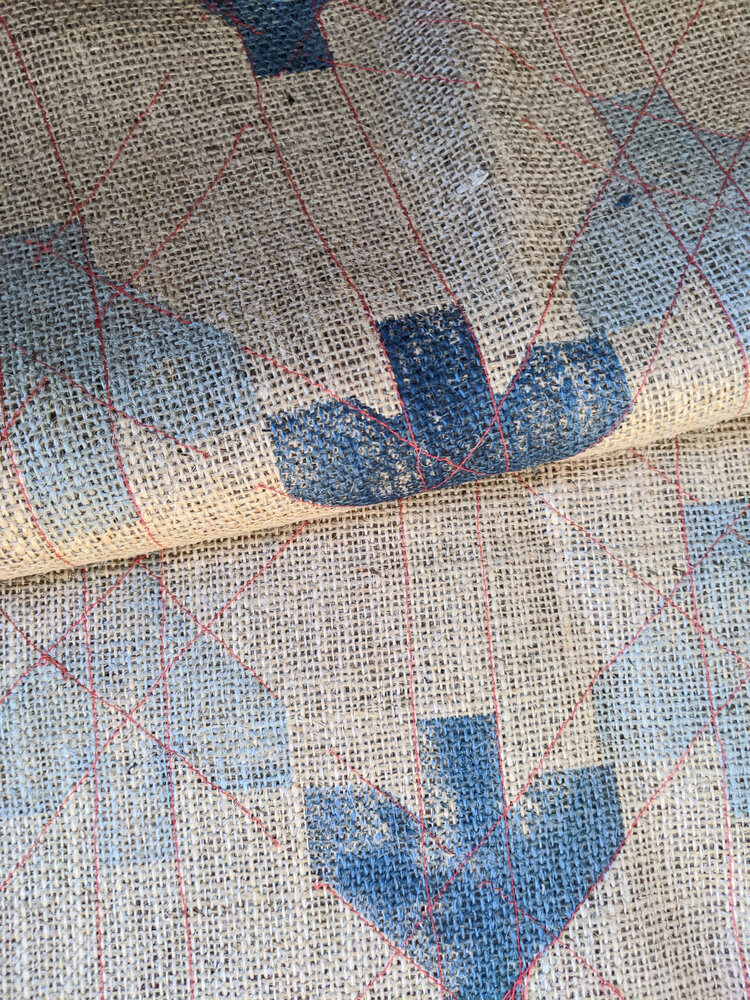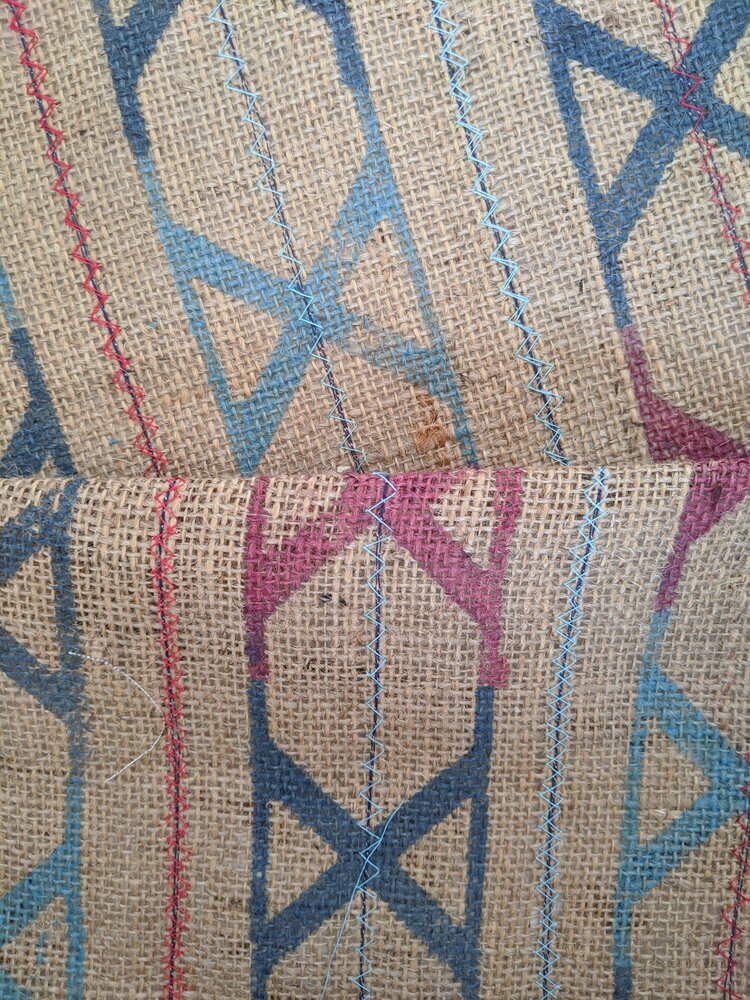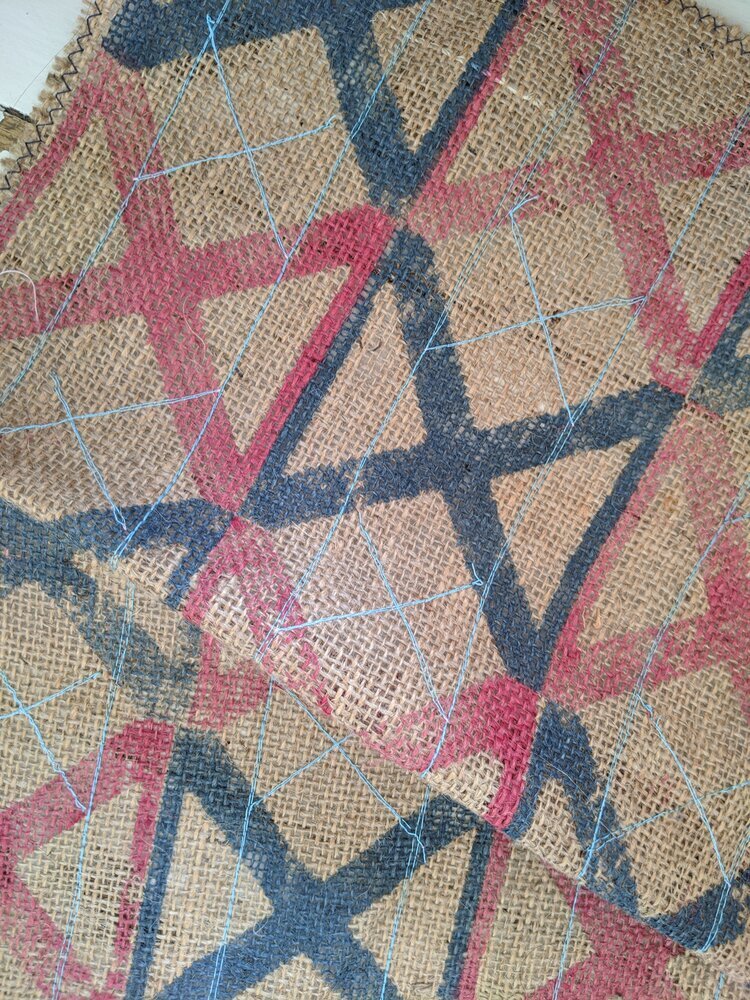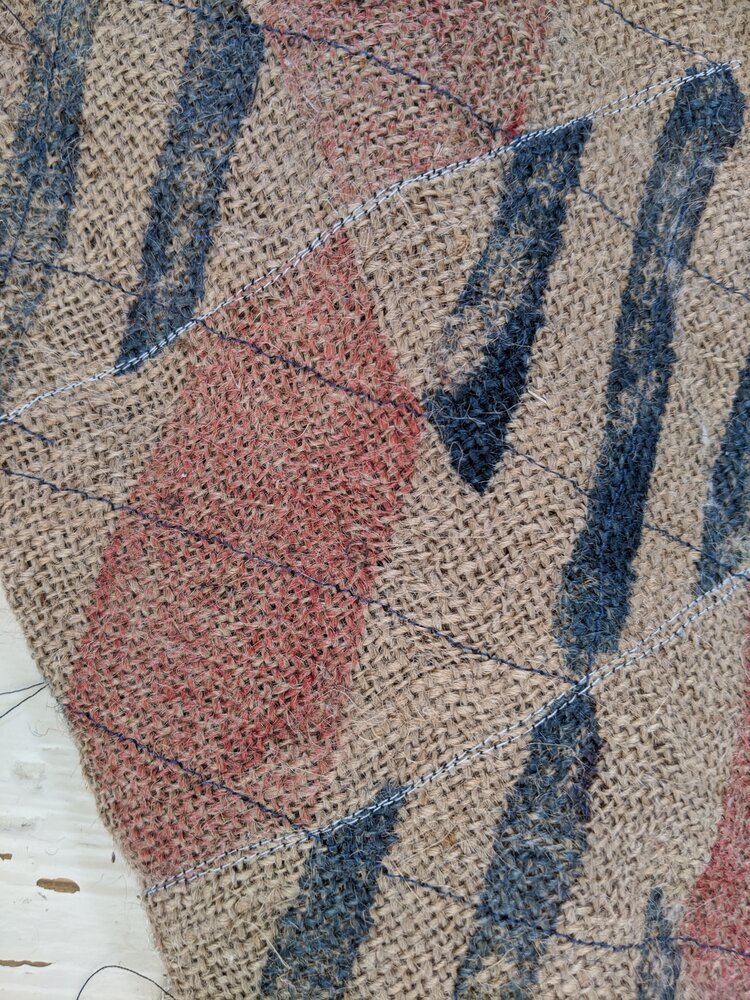the book has no foreword, we get into the photos right away and there is no location or any other detail specified, it is purely for the aesthetic value of the facade itself. i think this arrangement works because the lack of context helps appreciate the beauty of the house on its own. the page spreads are paired with matching decorations, often with very similar designs or colours and the lack of further specifics, it makes it all the more interesting - we don’t know whether these houses are next to each-other or hundreds of miles apart. it’s impossible to tell because there is no regional, or historic or any other traditional identifying mark. there are no organic forms, but a modern, almost avant-garde geometry mostly with vibrant colours in many case. there is no telling who lives inside, the facades are anonymous and abstract, a modern kind of individuality expressed on the homogenous and uniform, state-provided standard form.
this book is about the buildings themselves obviously and the reader will likely focus on the vibrant patterns of the masonry, however there are glimpses of the metal fences and glass patio doors that are also changing from page to page as well, showing a colourful patchwork of same-sized units as the fabric of the hungarian countryside. perhaps it’s also an insight into the subconscious influence of my modular block prints as well. it is certainly a very inspiring collection from a surface pattern design perspective.
like most periods of recent history, it’s not that well-researched or understood (by those without too many memories of it, certainly), however at the end of the book there is also a wonderful collection of essays that put these photographs into historical and architectural context, and ponder how, perhaps rather surprisingly to western eyes, such a form of self-expression remained to be allowed in a tightly controlled state. there are no obvious answers from either authors (hannes böhringer, zsolt szíjártó, endre prakfalvi and katharina roters) but many meaningful insights into the political, economical, social and personal histories along with the architectural realities and the practicalities of construction - lots and lots of curiosity.
apart from the pleasing aesthetics of the photos, it’s the observing curiosity that’s the biggest value of this book i think. there’s very few things out there that take such a close look at something quite so present, i mean these houses really are everywhere in hungary. they are not landmarks, but everyday homes. yes, i’m biased but i recommend everything that celebrates surface pattern design in the everyday - and let us appreciate our own homes and lives with it.
-
links:
hungarian cubes: subversive ornaments in socialism - edited and with photographs by katharina roters (park books, 2014. - hardback, 172 pages, 123 colour illustrations.)
hungarian cubes: the houses of post-war communism photographed by katharina roters (by amy frearson, dezeen.com, 17/08/2014)




